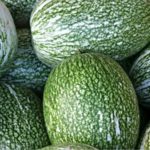The Elephant Tusk Tree, or Sansevieria Cylindrica, is an intriguing plant with a unique appearance that lives up to its name. Its distinctive leaves resemble elephant tusks, reaching upwards in a striking manner. This plant is commonly grown indoors and in gardens, often carrying symbolic significance. However, not everyone knows how to cultivate and care for it properly. Join us as we delve into the fascinating world of the Elephant Tusk Tree and explore its origins, cultural importance, and the secrets to its successful growth.
1 What is the Elephant Tusk Tree?
Origin and Significance of the Elephant Tusk Tree
The Elephant Tusk Tree, scientifically known as Sansevieria Cylindrica, has other intriguing names such as Snake Plant and Mother-in-Law’s Tongue. Its origins can be traced back to Madagascar and several African countries, according to various surveys.
True to its name, the Elephant Tusk Tree boasts leaves that resemble elephant tusks, clustered together and reaching skyward. These leaves are cylindrical, with dark green stripes, a rounded shape, and a tapered tip. It’s a plant that truly stands out.
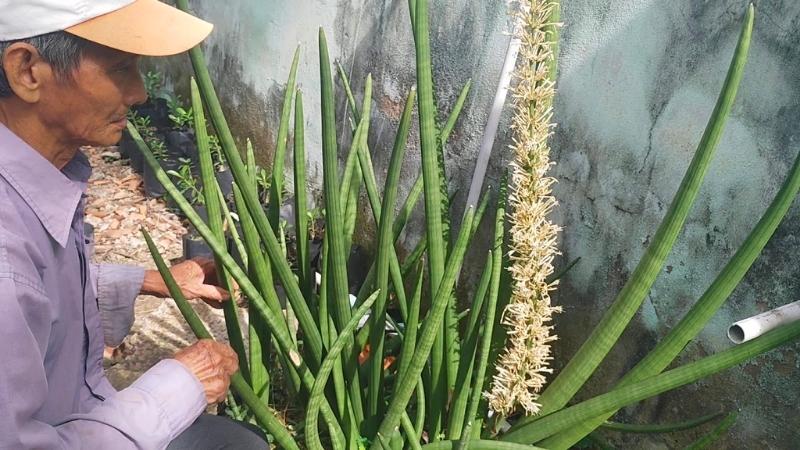 Unveiling the Elephant Tusk Tree
Unveiling the Elephant Tusk Tree
Feng Shui Significance of the Elephant Tusk Tree
In the realm of feng shui, the Elephant Tusk Tree is believed to be particularly auspicious for individuals with a Kim (Metal) element in their birth chart and those born in the year of the horse. Growing this tree is thought to ward off illnesses, bad luck, and general weakness for those individuals.
When placed in the right direction and location within a home, the Elephant Tusk Tree is believed to bring about numerous benefits beyond just health. It is said to exude an aura of strength, elegance, and prosperity, attracting success to those who live with it.
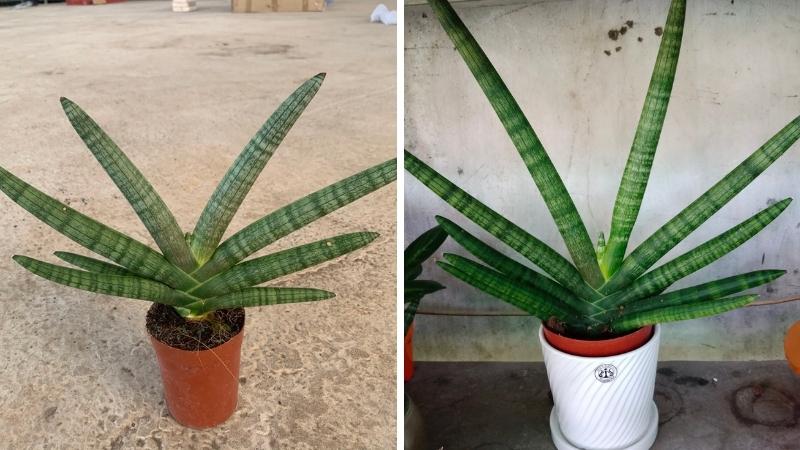 Unraveling the Feng Shui Secrets of the Elephant Tusk Tree
Unraveling the Feng Shui Secrets of the Elephant Tusk Tree
Distinctive Features of the Elephant Tusk Tree
Upon maturity, the Elephant Tusk Tree blossoms with tubular flowers approximately 3cm in length, forming clusters of white and green with a hint of pink. These flowers emit a pleasant fragrance that attracts bees and butterflies. The tree also bears small, reddish-orange fruits, approximately 1cm in diameter.
2 Benefits of the Elephant Tusk Tree
Environmental Benefits
All ornamental plants contribute to the aesthetics of a space, and the Elephant Tusk Tree is no exception. It is often grown indoors to create a greener and more inviting atmosphere. Additionally, it acts as a natural air purifier, absorbing toxins and improving indoor air quality.
Placing the Elephant Tusk Tree in your bedroom can be especially beneficial as it releases a substantial amount of oxygen, ensuring a fresh and cool sleeping environment.
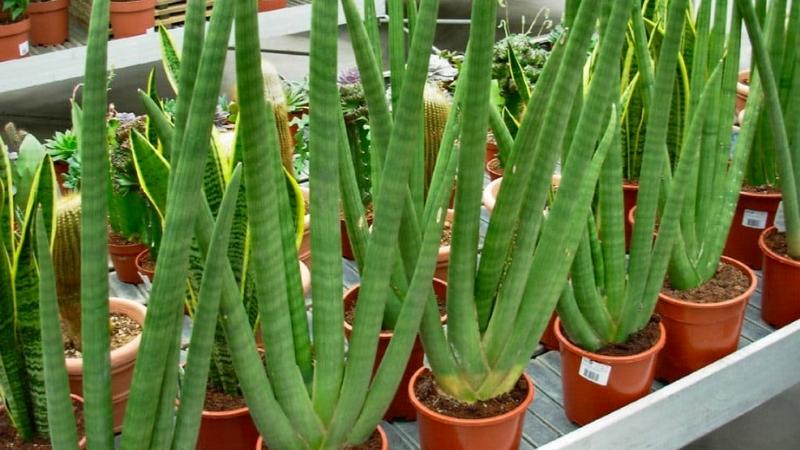 Exploring the Multifaceted Benefits of the Elephant Tusk Tree
Exploring the Multifaceted Benefits of the Elephant Tusk Tree
Health Benefits
Beyond its decorative appeal, the Elephant Tusk Tree is also valued for its medicinal properties. It is used in various remedies to treat ailments such as phlegm, inflammation, bacterial infections, joint pain, acne, sinusitis, and ulcers.
3 Cultivating and Caring for the Elephant Tusk Tree
Planting the Elephant Tusk Tree at Home
After purchasing your Elephant Tusk Tree seedling, it’s time to plant it. Ensure that the roots are securely covered with soil, whether you’re planting in a pot or directly in the ground. Gently pat down the soil and use a spray bottle to moisten the plant. Place it in a cool, shaded area with gentle sunlight.
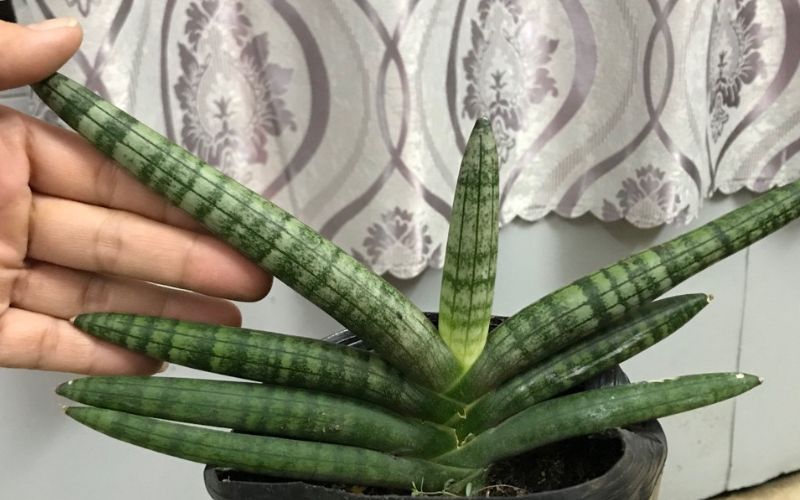 Planting the Elephant Tusk Tree at Home: A Step-by-Step Guide
Planting the Elephant Tusk Tree at Home: A Step-by-Step Guide
Caring for the Elephant Tusk Tree
The Elephant Tusk Tree is low-maintenance and only requires watering once a week. Ensure that your pot has adequate drainage to prevent waterlogging. Provide the plant with indirect sunlight to support its growth.
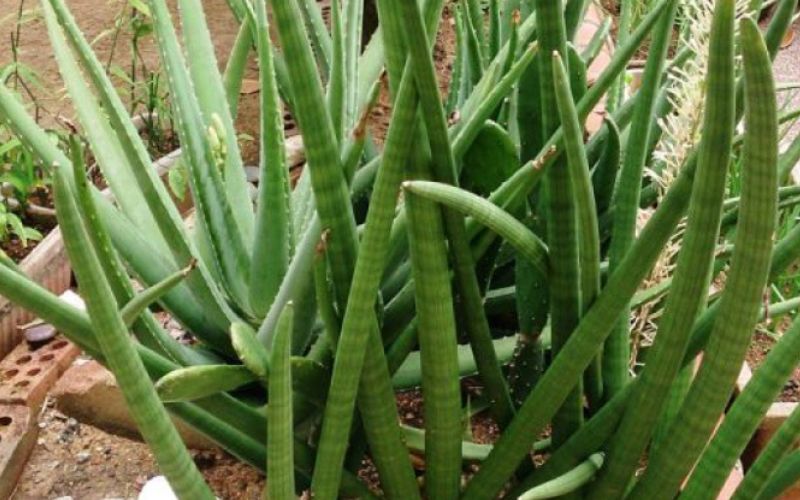 Mastering the Art of Caring for the Elephant Tusk Tree
Mastering the Art of Caring for the Elephant Tusk Tree
Important Considerations for Cultivation and Care
When tending to your Elephant Tusk Tree, keep in mind the following critical factors that influence its growth:
- Soil: Opt for well-drained soil and ensure your pot has drainage holes to prevent waterlogging.
- Water: The Elephant Tusk Tree is drought-tolerant and can go extended periods without water. During winter, water it once a month, and in summer, once a week should suffice.
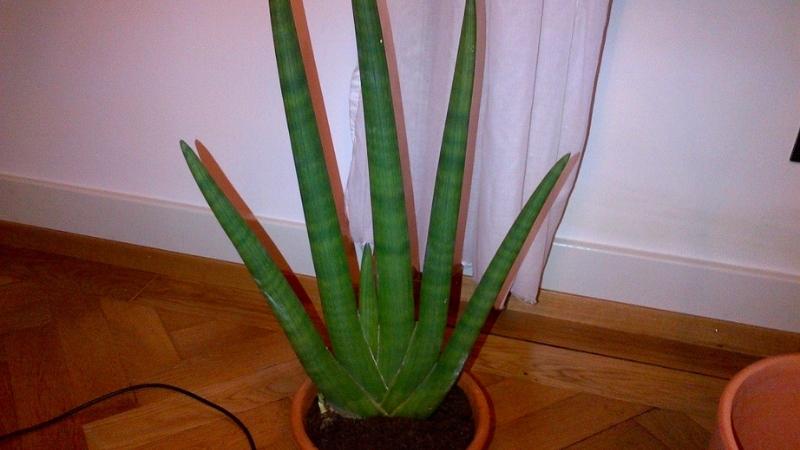 Caring for the Elephant Tusk Tree: Key Considerations
Caring for the Elephant Tusk Tree: Key Considerations
- Light: The Elephant Tusk Tree thrives in bright, indirect light, but it can also adapt to indoor conditions.
- Temperature: This resilient plant can withstand temperatures as low as 10°C and as high as 35°C.
- Fertilizer: The Elephant Tusk Tree doesn’t require fertilizer to survive. However, if you notice stunted growth, you can apply organic fertilizer, but avoid doing so during winter.
4 Captivating Visuals of the Elephant Tusk Tree
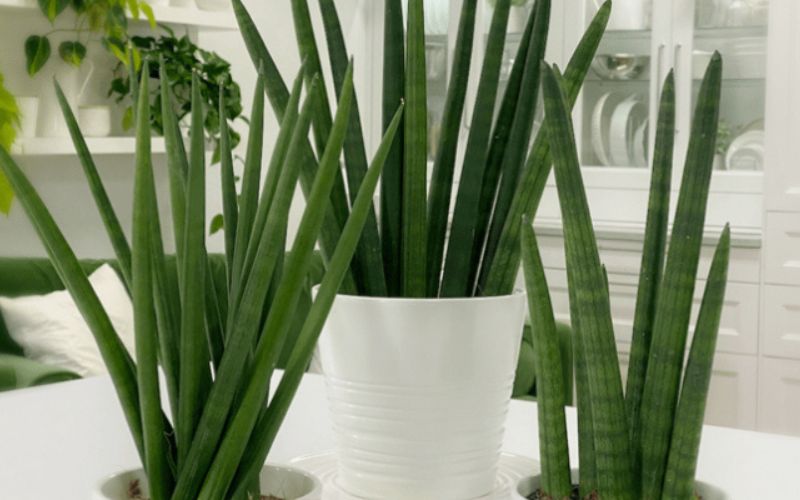 The Elephant Tusk Tree in a Pot: A Beautiful Addition to Any Space
The Elephant Tusk Tree in a Pot: A Beautiful Addition to Any Space
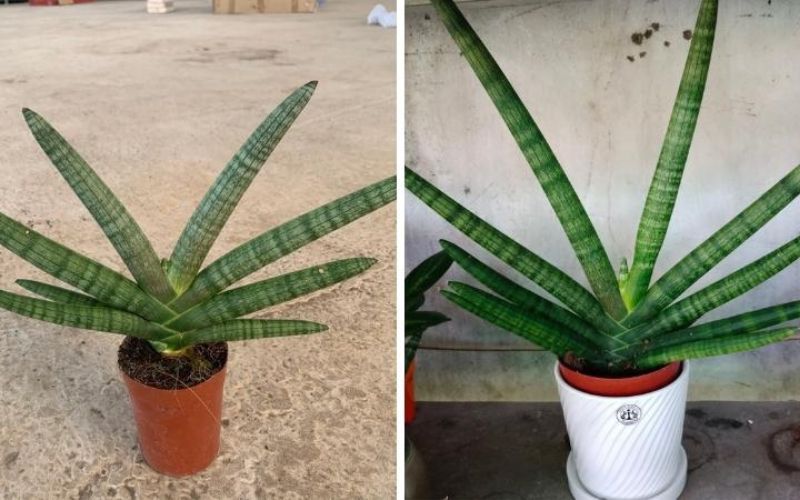 The Elephant Tusk Tree as a Decorative Focal Point
The Elephant Tusk Tree as a Decorative Focal Point
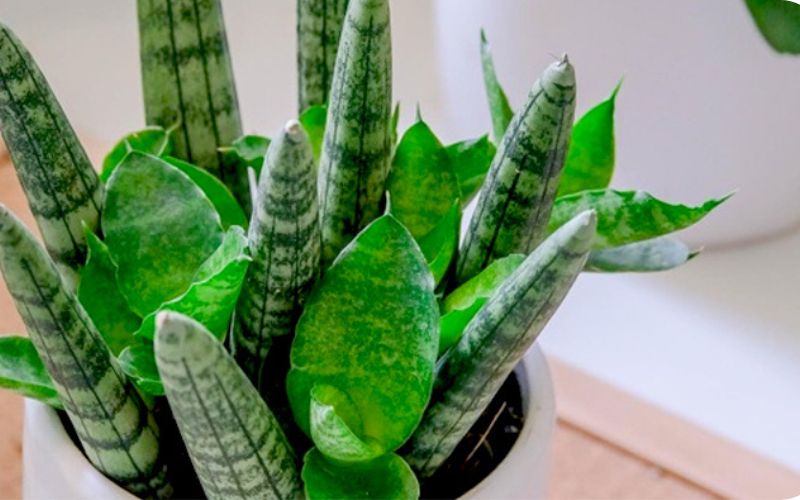 The Mini Elephant Tusk Tree: A Charming Addition to Any Space
The Mini Elephant Tusk Tree: A Charming Addition to Any Space
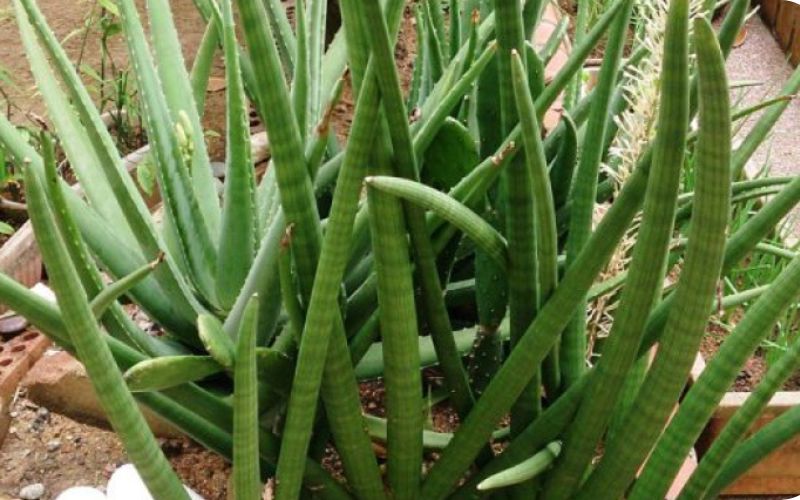 The Elephant Tusk Tree in a Bush Form: A Unique Presentation
The Elephant Tusk Tree in a Bush Form: A Unique Presentation
 The Majestic Elephant Tusk Tree: A Symbol of Strength and Beauty
The Majestic Elephant Tusk Tree: A Symbol of Strength and Beauty
The Elephant Tusk Tree is a fascinating plant with a unique form and deep cultural significance. We hope this article has inspired you to explore the beauty and benefits of this remarkable tree!
2023 Lunar New Year Gift Ideas for Older Family and Friends
As 2021 approaches, families worldwide are gathering to celebrate the special bond between grandparents and their grandchildren. To show their love and admiration, these thoughtfully chosen gifts will bring a smile to the face of the elderly. Here, we have compiled a list of the 13 most meaningful Tet presents that can bring joy to our beloved grandparents.



























